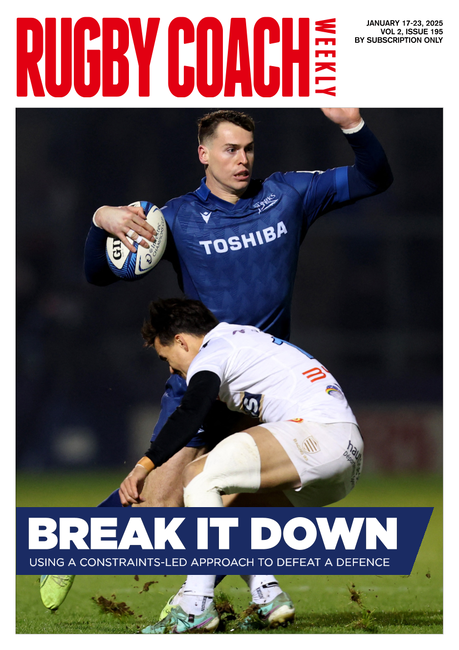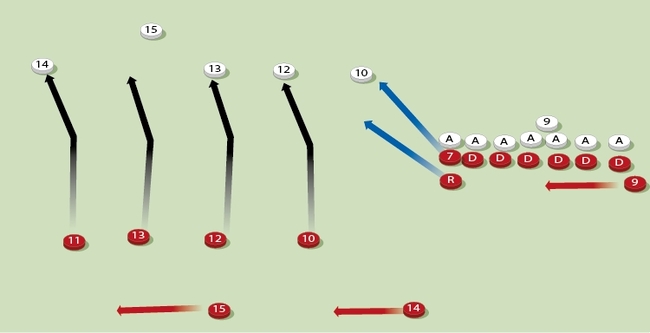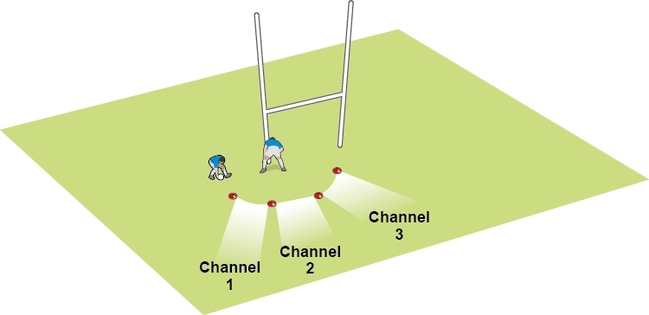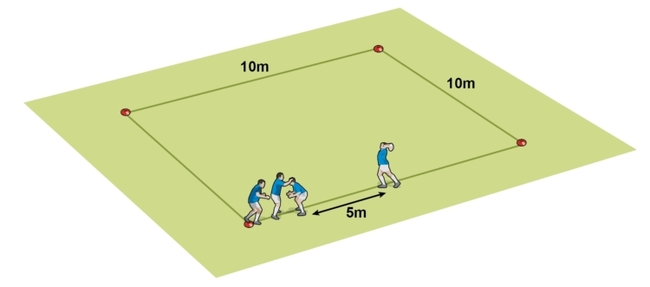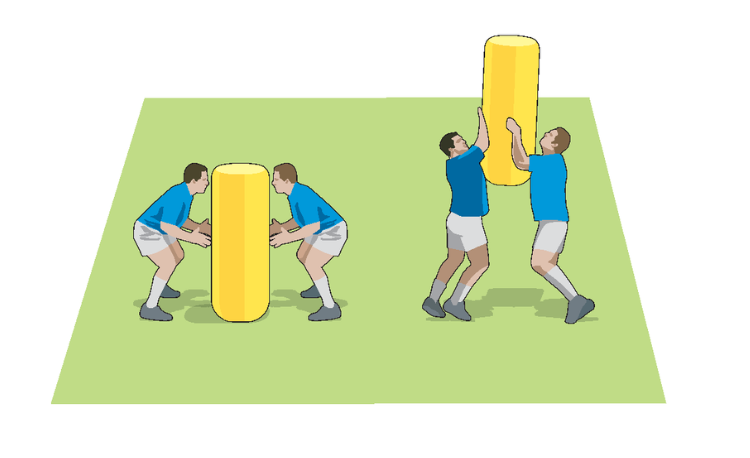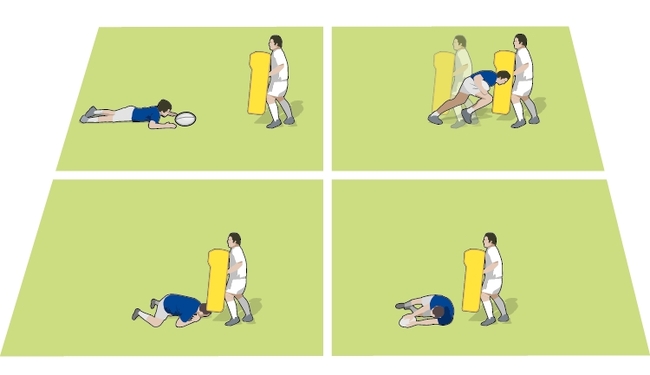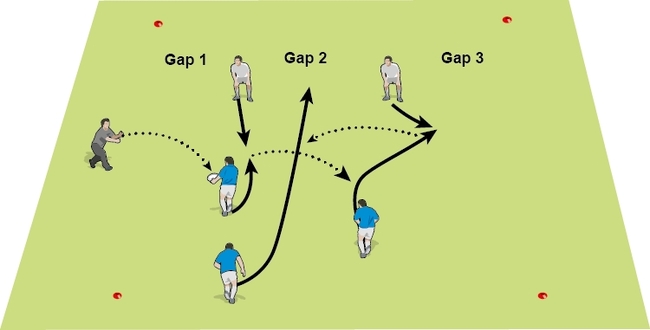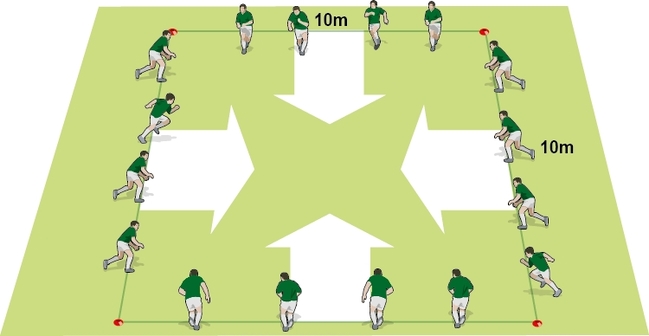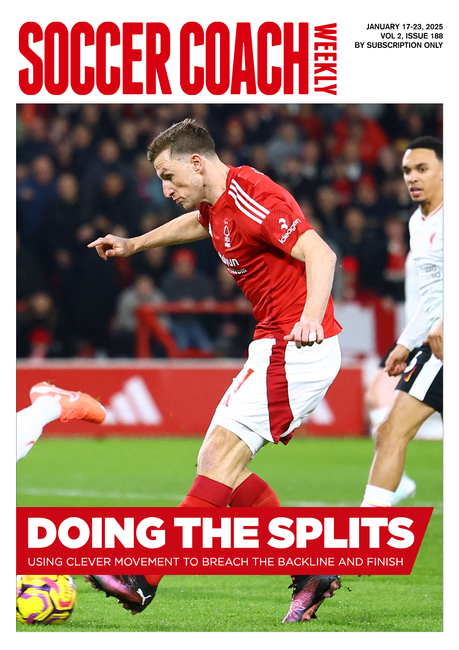Learn to lift in the lineout
Scrums & Lineoutsby Ian Diddams
The move to lifted lineouts can be a daunting one for players because of the dynamic movements involved. But the basics can be learned very quickly – here’s how to approach your teaching…
Players usually learn to lift between U13 and U16 level, depending on the laws of the particular union. But whatever age they start, a successful lifted jump still requires certain previously mastered skills.
Jumpers need to still jump – this makes for more dynamic lifts and lifters aren’t there to move dead weights.
Equally, jumpers need good catching skills. Thumbs almost touching, fingers spread, looking through the gap between the index fingers. Jumpers also need a strong core. A 10-minute core programme done daily at home will provide this.
There are two major differences between the non-lifted and lifted lineout, besides the actual lift.
When learning, there’s a risk of a jumper falling from a height. So surround the lifting pod with other players who can catch any falling jumpers early.
Law 19.10(d) specifies what pre-gripping lifters are able to do: “…don’t support the jumping team-mate below the shorts from behind or below the thighs from the front.” Law 19.10(e) permits pre-gripping.
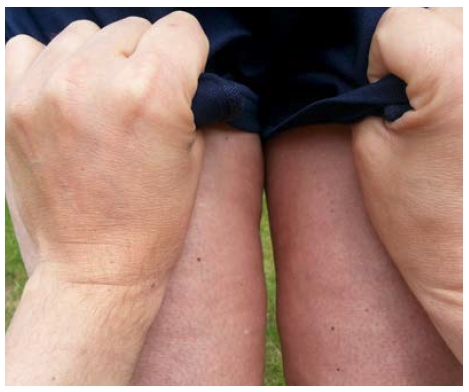
Whilst learning, it’s recommended that all lifters pre-grip on the shorts. Gripping should be done “thumbs up, fingers down”.
Novice lifters may be lifting on sweaty/muddy/greasy thighs, so they might slip and drop the jumper. You could get jumpers to wear lifting blocks, but these don’t help you nail the technique. And now you’re also into “Er, I forgot the lifting blocks…”
By law, the rear lifter has to grip on the shorts anyway (forget what you see in elite rugby!). Front lifters tend to progress to lifting on the thighs, but this is even more unstable. The shorts in effect provide a handle to grip onto. The thighs don’t. So get all your lifters gripping on the shorts. Only once techniques are perfected should front lifters begin lifting from the thighs if desired.
To make the lift, players should bend, extend their arms and then step together as the jumper leaps.
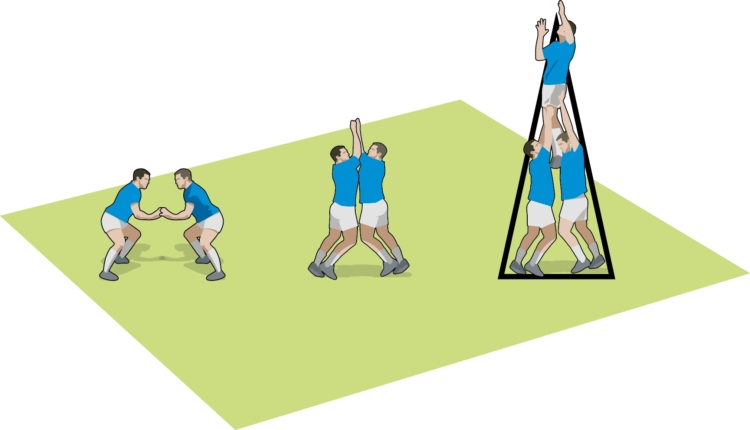
Once the lift is complete, the laws require the jumper to be safely returned to the ground, so lifters should quickly but precisely steady the jumper as gravity brings him down.
PREREQUISITES
Players usually learn to lift between U13 and U16 level, depending on the laws of the particular union. But whatever age they start, a successful lifted jump still requires certain previously mastered skills.
Jumpers need to still jump – this makes for more dynamic lifts and lifters aren’t there to move dead weights.
Equally, jumpers need good catching skills. Thumbs almost touching, fingers spread, looking through the gap between the index fingers. Jumpers also need a strong core. A 10-minute core programme done daily at home will provide this.
DIFFERENCES
There are two major differences between the non-lifted and lifted lineout, besides the actual lift.
- The throw will need to be higher.
- The timing will be different to allow for the time for the lift.
SAFETY
When learning, there’s a risk of a jumper falling from a height. So surround the lifting pod with other players who can catch any falling jumpers early.
HANDS, KNEES AND BUMSY-DAISY
Law 19.10(d) specifies what pre-gripping lifters are able to do: “…don’t support the jumping team-mate below the shorts from behind or below the thighs from the front.” Law 19.10(e) permits pre-gripping.

Whilst learning, it’s recommended that all lifters pre-grip on the shorts. Gripping should be done “thumbs up, fingers down”.
Novice lifters may be lifting on sweaty/muddy/greasy thighs, so they might slip and drop the jumper. You could get jumpers to wear lifting blocks, but these don’t help you nail the technique. And now you’re also into “Er, I forgot the lifting blocks…”
By law, the rear lifter has to grip on the shorts anyway (forget what you see in elite rugby!). Front lifters tend to progress to lifting on the thighs, but this is even more unstable. The shorts in effect provide a handle to grip onto. The thighs don’t. So get all your lifters gripping on the shorts. Only once techniques are perfected should front lifters begin lifting from the thighs if desired.
THE LIFT
To make the lift, players should bend, extend their arms and then step together as the jumper leaps.
A-FRAMES, CHEST BUMPS AND LADDERS

- Practise lifting without a jumper to start with to work on the timing and technique. Lifters should squat with their knees bent so that they can stand easily.
- The lifters should extend their arms first until their arms are above their head. Then, stepping in and standing so that their chests bump, they push a jumper towards the sky.
- Once lifted, there should be no space between the three bodies involved. Common faults at this early learning stage include “A-framed” pods, in which the lifter’s arms aren’t fully extended and there’s a gap between the bodies.
- Using their strong core, jumpers should keep legs together, straight and in line with their torso – like a ladder or a plank.
POST-JUMP
Once the lift is complete, the laws require the jumper to be safely returned to the ground, so lifters should quickly but precisely steady the jumper as gravity brings him down.
Newsletter Sign Up
Coaches Testimonials

Gerald Kearney, Downtown Las Vegas Soccer Club

Paul Butler, Florida, USA

Rick Shields, Springboro, USA

Tony Green, Pierrefonds Titans, Quebec, Canada
Subscribe Today
Be a more effective, more successful rugby coach
In a recent survey 89% of subscribers said Rugby Coach Weekly makes them more confident, 91% said Rugby Coach Weekly makes them a more effective coach and 93% said Rugby Coach Weekly makes them more inspired.
Get Weekly Inspiration
All the latest techniques and approaches
Rugby Coach Weekly offers proven and easy to use rugby drills, coaching sessions, practice plans, small-sided games, warm-ups, training tips and advice.
We've been at the cutting edge of rugby coaching since we launched in 2005, creating resources for the grassroots youth coach, following best practice from around the world and insights from the professional game.

